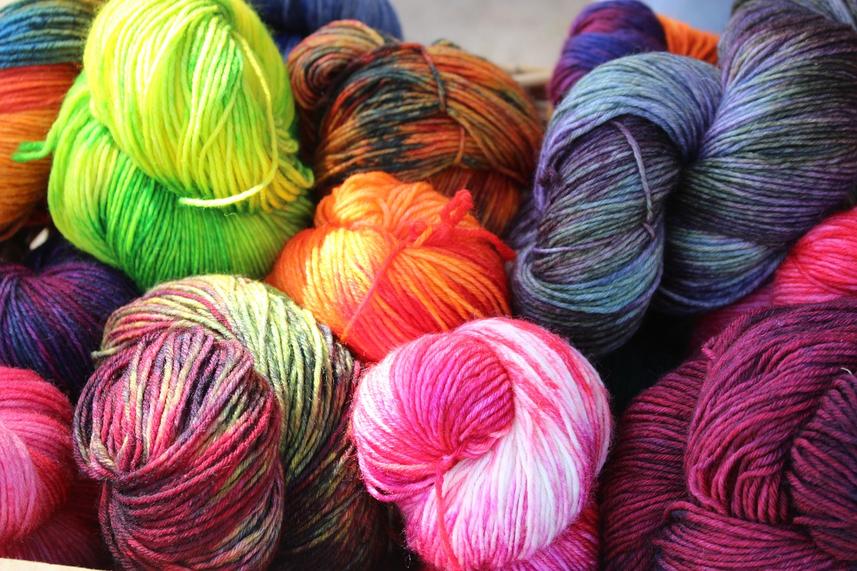Dyeing
Learn more about Dyeing, a finishing process, how do they work and what are the usages in the industry.
Introduction to Dyeing
Dyeing is an effective and popular finishing process that adds color to textiles and other porous materials. The dyeing process is pervasive in the world around us from the textile, cosmetic, and medical sectors all the way up to the construction, paper, packaging, and automotive industries. Incessant research over the 20th century has led to an enormous range of synthetic colors. Contrary to the belief that dyeing is mainly an aesthetic process, it is actually indispensable for a vast spectrum of industries.
Historically, colored dyes have been sourced from nature, mainly derived from plants, insects, and animals. Through advancements in science and technology, synthetic dyes came into existence around the mid-19th century. In 1856, the first synthetic dye was developed by William Perkin. It was a deep shade of purple called “mauveine” and was derived from coal tar. Later in 1869, Alizarin, the red dye originally derived from madder root, became the first natural pigment to be duplicated synthetically; this eventually led to the collapse of the naturally derived dye market.
Dyes are available in a variety of formats including dry powders, granules, pastes, liquids, pellets, and chips. The dyeing process for textile fibers involves coloring the fabric in a solution, generally aqueous, known as a dye bath. Absorption of the dye is a critical factor in order for the color to maintain a relatively durable state. It is also important that the dye doesn’t rapidly fade upon exposure to light. The four molecular forces that ensure proper absorption of dye molecules include: ionic forces, hydrogen bonding, Vander Wals’ forces, and covalent chemical linkages.
Some specialized industries have requirements for specific properties such as resistance to heat, weather, and UV (ultraviolet light) conditions; in some cases, there are also requirements for dyes to exhibit electrical conductivity, water solubility, reinforcing fibers, and be free from heavy metals. Ongoing advancements have also lead today’s biotechnology industry to adopt a highly sophisticated process of dyeing.

Get multiple quotes for your parts in seconds